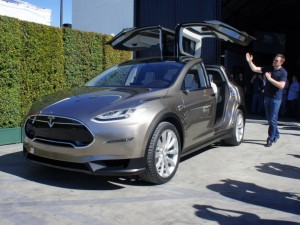I’m back from vacation, and while a lot has happened since I was away, the big story seems to be the unveiling of Tesla’s 2.0 master plan — at least on the environment and energy front. The key stand-outs for me are:
- The diversity of transportation modes that Tesla wants to electrify: It’s not just about passenger vehicles anymore, as Tesla wants to build buses and cargo trucks, too. And of course, the expansion into pickup trucks and compact SUVs are noteworthy.
- Autonomous driving will take a while: Musk writes that while the technology is being tested, regulatory policies are still way behind, especially taking into account all the jurisdictions around the globe. He anticipates another 5 years or so before fully autonomous vehicles are allowed everywhere.
- The big play on residential and commercial batteries for solar: the new acquisition of SolarCity has solidified this approach, but the master plan is clearly betting on solar incentives changing across the country. Right now it’s a pretty good deal to get rooftop solar in most places, but there are no incentives to capture surplus solar in a battery as long as customers are getting full retail credit from their utility for it. Musk seems to betting that retrenching these incentives, as Nevada and Hawaii have done, will become the norm and will therefor provide an opportunity for batteries. It could also set up Tesla as a bit of an opposition force to traditional solar installers in these state battles, as those companies generally don’t want solar incentives shifted to batteries.
I’ll have more thoughts soon in particular on the Tesla play for buses and transit. But in the meantime, Musk has given the public a lot to chew on.
One thought on “Tesla 2.0 — Key Takeaways”
-
Pingback: Preventing Fully Autonomous Vehicles From Creating A Sprawl And Traffic Dystopia | Ethan Elkind
Leave a Reply
You must be logged in to post a comment.



